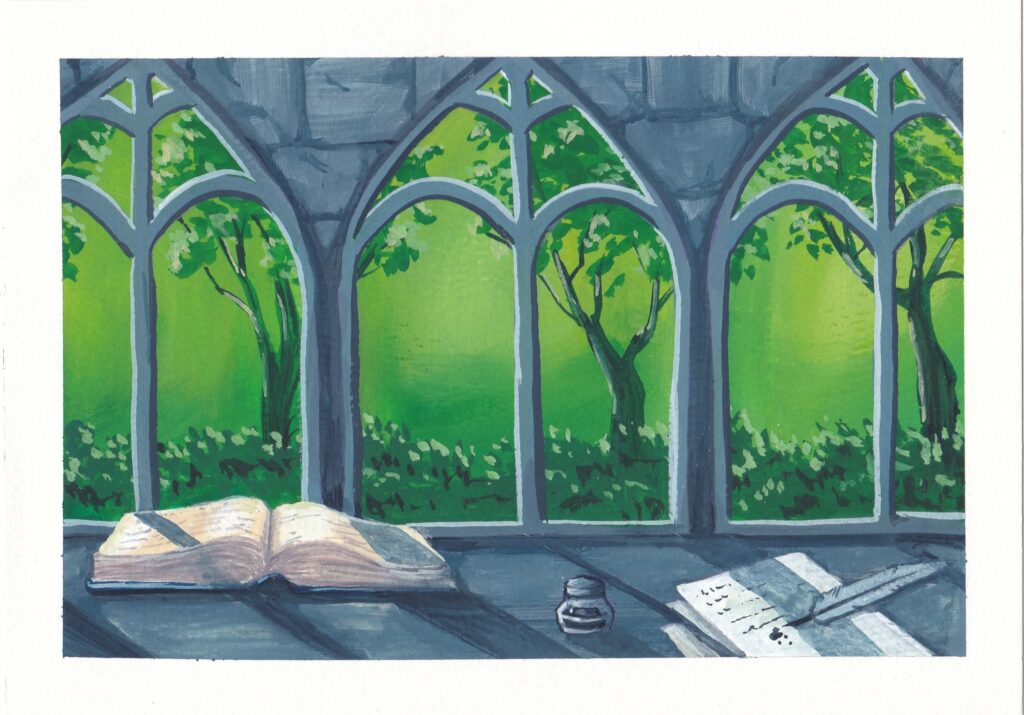[TT1] A few weeks back, I talked about using small drones to inspect aircraft turbines. Now we have a small robot to inspect the skin of an aircraft. Overall, I support using drones and robots for aircraft inspections, as long as the software that is evaluating the sensor feed is more capable than a person at spotting an issue. I’ve done these kinds of inspections, on hovercraft and airliners, and it can be mind numbing. I’d rather a robot spot and flag dozens of issues for humans to evaluate, than having a person get tired and bored doing an inspection and miss things.
[TT2] Apparently, the magnetic poles won’t stop and ask for directions, either.
[TT3] I’m hoping Mike talks about this Lost Light image on Thursday. Or this bit about the black hole at the center of the galaxy.
[TT4] Researchers have figured out what causes rogue waves to form. The magic number is 120. I’ve never seen one of these monsters, but they are no joke. They will break a ship in half.
[TT5] Alzheimer’s may be caused by gum disease (gingivitis) and aggravated by a lack of sleep, so… well… brush your teeth and go to bed!
[TT6] I get how the laser creates the sound, but wouldn’t anyone along the beam path also hear the message, not just the intended recipient?
[TT7] Speaking of lasers, we can use them to flash transform carbon nano-tubes and fibers into diamond. Suck it, DeBeers.
[TT8] Last time, it was Bell getting into the VTOL market, now Boeing. Their entry is not what I’d call attractive. Seems perfectly safe and functional, but about as exciting as a Corolla.
[TT9] A ready made Thermo Acoustic Cooling Plant. What is Thermo Acoustic Cooling? It’s an old process that was originally developed by the US DOD back in the day, that starts by taking heat and turning it into mechanical motion. That motion is in the form of sound waves. The sound waves travel around the blue circle, building up acoustic energy. At some point, that energy hits a desired peak (amplitude), and that can be used to create a delta Temperature to provide cooling. The actual physics are rather obscure. The overall point is that this is A) Not Humbug, and B) is done without working fluids that are dangerous to the environment, or any significant energy input (aside from pumps to move the heat around).
[TT10] Yes, finally, I can exercise while reading a book! OK, yes, I’ve done that before, back when my leg was getting rehabbed, but those electro-stimulators are fecking annoying.
[TT11] Bio-solids! Pshaw! Just say what they are, poop bricks. But, they do lock stuff like heavy metals away so they aren’t leaching into the ground.
[TT12] Pulling CO2 out of the air in exchange for H2 & energy. Of course, the end result is all that nasty NaHCO3 we have to deal with. I’m sure we can all volunteer to make some cakes and cookies with it.







[TT4] I’ve has this thing about rogue waves for a while, probably from all the nautical-themed reading I’ve done over my lifetime. This was fascinating that the cross-wave angles have to be exactly right. It’s almost reminiscent of harmonic signature having to be just right to break glass. From the linked piece consider the first recorded rogue wave from an oil platform, that in 30+ foot seas recorded an 84 foot rogue wave. Awesome, terrifying power of the sea. Imagine an 80 foot wall of water coming at you from nowhere.Report
Oceans have always made me nervous; I never trusted that much water all together in one place. Perhaps that’s part of the reason I eventually settled in a semi-arid location 5,000 ft above sea level.Report
There’s a Donald Westlake novel about the destructive power of self-reinforcing waves. It’s adapted from a rejected screenplay for a James Bond movie; you can see what a super-villain might do with that.
https://www.amazon.com/dp/B01M14UOWL/ref=dp-kindle-redirect?_encoding=UTF8&btkr=1Report
TT11: The article states “…and analysis demonstrated heavy metals are largely trapped within the brick.” This raises the obvious questions.Report
I can think of a few obvious questions, like do we worry about kids (or Presidents) licking the bricks?Report
Until about 10 years ago, there was a sewage treatment plant that used a melter to turn sludge into granular glass similar to the sparkles on a roof shingle. In fact that was the end use. The technology was also said to pack heavy metals inside the structure, and received all of its environmental permitting.
It was discontinued about 10 years ago because there wasn’t a market for the product anymore, and the state had passed a zoning law that essentially required this particular melter to be located at its landfill, which lost a lot of the economic and environmental benefits of reduced trucking.Report
[TT5] It sounds like the studies also showed positive results from a compound that appears to block the negative impact of gingivitis on Alzheimers. The studies are early, but its possible that there wouldn’t be the need to brush teeth at all!Report